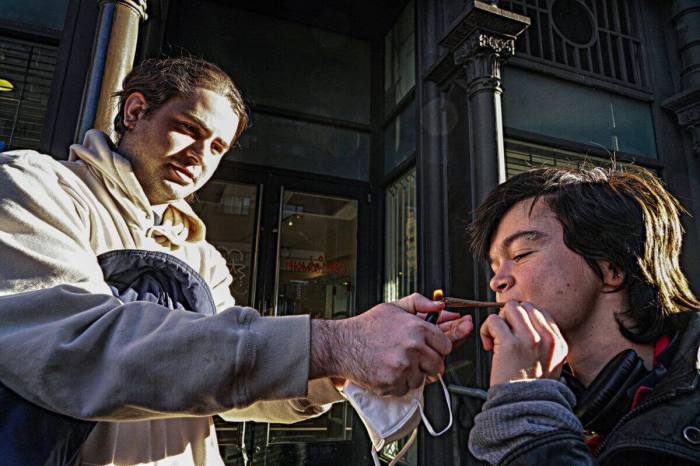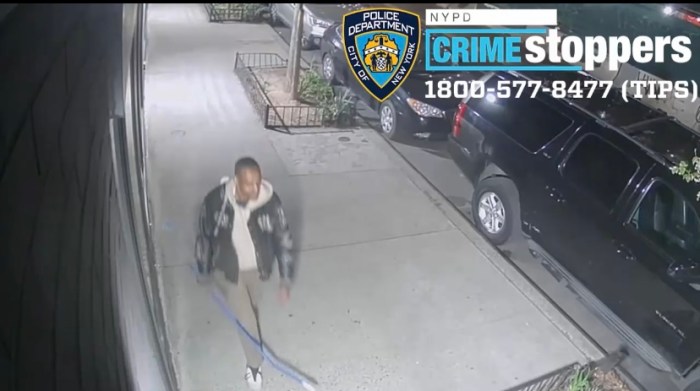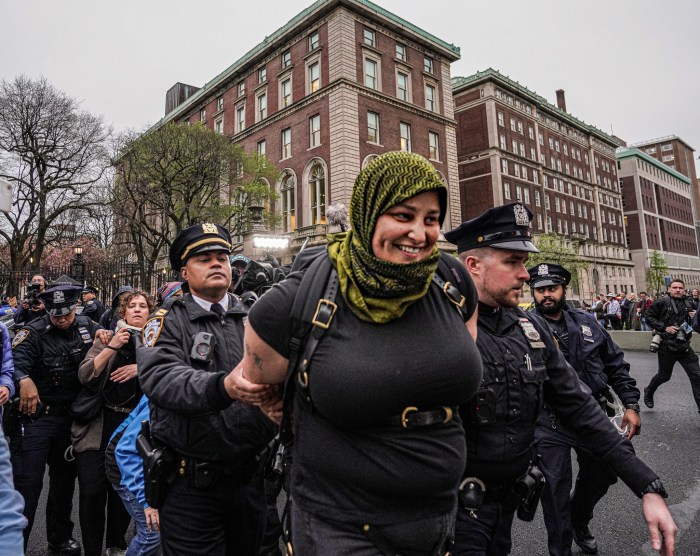BY ALEJANDRA O’CONNELL-DOMENECH | Solar One is planting the seeds of a new eco-pier.
The environmental nonprofit is pitching a plan to move its Stuyvesant Cove Park programming 20 blocks north to Waterside Pier, a barren 1-acre space between E. 38th and E. 41st Sts. The shift would give the obscure Murray Hill pier new life, the nonprofit says, while simultaneously saving its own, as well.
Solar One currently manages Stuyvesant Cove Park, between E. 18th and E. 23rd Sts., and uses it to teach students, visitors and interns about urban farming, wildlife management and caring for wildlife habitats in urban space. It also uses Stuy Cove for foraging walks where guides give lessons on ethnobotany and the park’s history. According to Emily Curtis-Murphy, Stuyvesant Cove Park’s manager, Solar One’s programs in the park serve about 50,000 people annually.
But Solar One’s work in Stuyvesant Cove Park is threatened since the park would be closed for construction of the East Side Coastal Resiliency Project, set to start next July. As part of the E.S.C.R. project, the city intends to construct a series of levees, floodwalls and deployable gates from Montgomery St. to E. 25th St. to protect the city from flooding from hurricanes and sea-level rise.
The resiliency project was developed in response to Hurricane Sandy in 2012. Sandy flooded 17 percent of New York City’s land mass, directly caused the death of 147 people and cost the city $19 billion in damages, according to a report from the National Hurricane Center. Construction on the resiliency project is projected to take from two to five years.
According to preliminary renderings, Solar One envisions Waterside Pier becoming home to its solar shed, plus a wildlife habitat, rows of planters — 680 in total, with 10,000 plants — and also featuring some form of stormwater management. According to Curtis-Murphy, the organization has already filled 60 portable containers with a variety of plants from Stuy Cove Park.
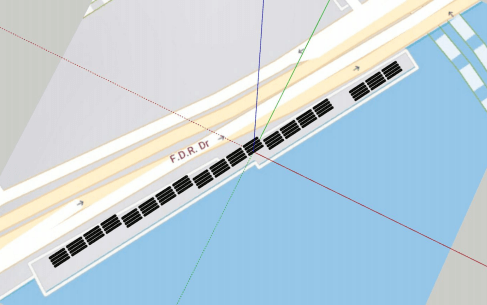
Ideally, Waterside Pier would have less passive park space than Stuy Cove Park and be more agriculture based, in order to facilitate more scientific research. Curtis-Murphy is interested in documenting to what extent wild food grown and then harvested on Waterside Pier would regerminate, and what insects and birds naturally would make their way to the space. These things were not very well documented at Stuy Cove, she said.
Ultimately, the space needs to meet community needs and Curtis-Murphy hopes that a public meeting about the plan can be organized for early September.
“I really want to create something for everybody — people in the neighborhood, the wildlife, for all the school kids that visit this park,” she said, “and we need to work on that together.”
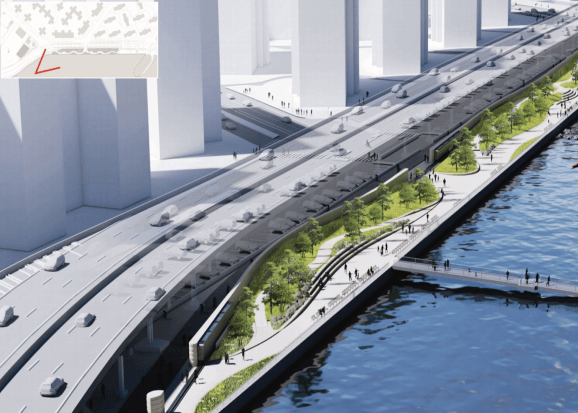
The proposal for Waterside Pier was presented at a Community Board 6 Land Use and Waterfront Committee meeting on June 24. Less than two weeks earlier, the community board voted on a resolution in favor to the E.S.C.R. project — but with some conditions, including a few that pertained to Stuyvesant Cove Park and Waterside Pier.
According to the resolution, in conjunction with the E.S.C.R., the community board asked for “improved activation of Waterside Pier” with passive and recreational spaces, and that the city also explore the possibility of temporary green space on the top level of the Waterside Pier parking garage. C.B. 6 also recommended creating a reserve fund to rebuild Stuyvesant Cove Park after any flood destruction since, under the resiliency plan, new flood barriers would only be located to the west of the park.











